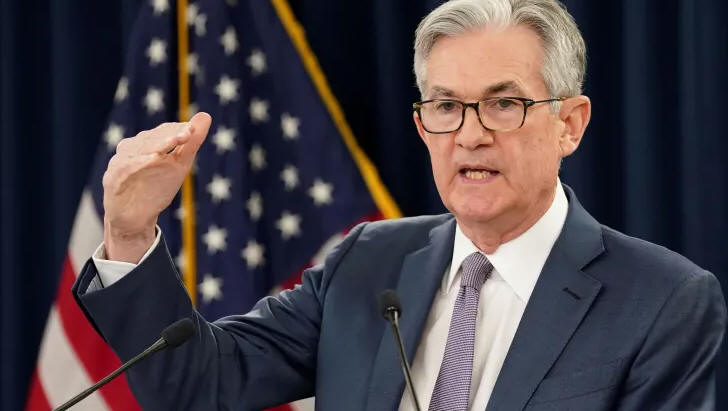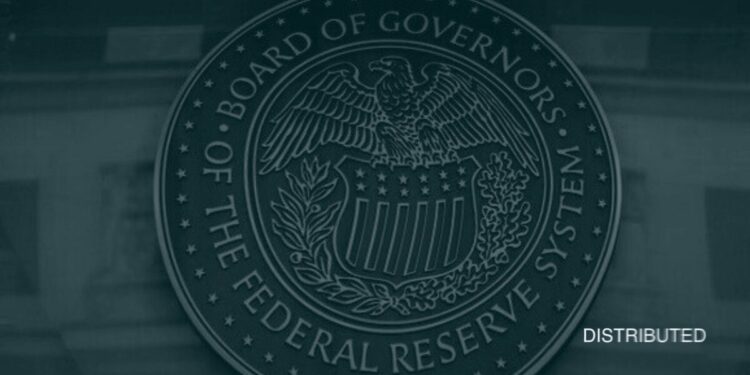Federal Reserve Chair Jerome Powell said this Tuesday that the US Central Bank is expected to maintain its benchmark lending rate at an elevated level for an extended duration. From March 2022 to July 2023, the Federal Reserve raised interest rates by 525 basis points to curb inflation and since then, it has held rates steady, with its most recent decision to pause occurring earlier this month.

One of the reasons behind Federal Reserve Chair Jerome Powell’s statement is the fact that the latest data that was published this week showed that the US producer price index rose 0.5% in April following a downwardly revised 0.1% decline in March, beating the 0.3% gain expected in a survey compiled by Bloomberg. PPI was up 2.2% year-over-year in April, while core PPI rose by 2.4% year-over-year, both surpassing their March rates of 1.8% and 2.1%
Federal Reserve Chair Jerome Powell also added that policymakers aren’t anticipating further interest rate hikes beyond current levels, yet he cautioned that achieving the 2% target will be a challenging journey with bumps along the way. Tom Porcelli, chief economist at PGIM Fixed Income, suggests that if the Federal Reserve refrains from reducing interest rates this year, it is probable that they will implement five to six rate cuts in 2025.
See Related: The first-quarter U.S. Earnings Season Showed Further Improvements. What To Expect From The Upcoming Days?
Federal Reserve Interest Rates
Even amidst reports of persistent inflation and fears of prolonged higher interest rates by the Federal Reserve, stocks have remained relatively stable in recent weeks. Wall Street strategists credit this resilience to an unexpectedly robust set of first-quarter earnings. Robust earnings growth has fueled the US stocks and positive Q1 earnings results provide further support to the ongoing bullish view, even as we navigate the Fed and underlying economic conditions.
However, some analysts believe the U.S. economy is starting to see signs of a slowdown and according to them, many companies could face liquidity problems in the upcoming months. High rates encourage saving over spending and make the debt more costly, and companies that have a bigger credit or other loans with variable interest rates could be in a difficult situation. Higher borrowing costs can hurt corporate profits and discourage businesses from borrowing to invest in new projects, which can hurt economic activity and job creation.
This situation could negatively affect stock prices, and it is also important to mention that high interest rates make fixed-income investments, such as bonds, more attractive compared to stocks. As a result, investors may shift their money away from stocks, leading to a decrease in stock prices. Investors are currently trying to balance this two-sided narrative: the U.S. economic situation, which still remains resilient, and at the same time the inflation picture, and interest rates, which will eventually be problematic for the stock market.



